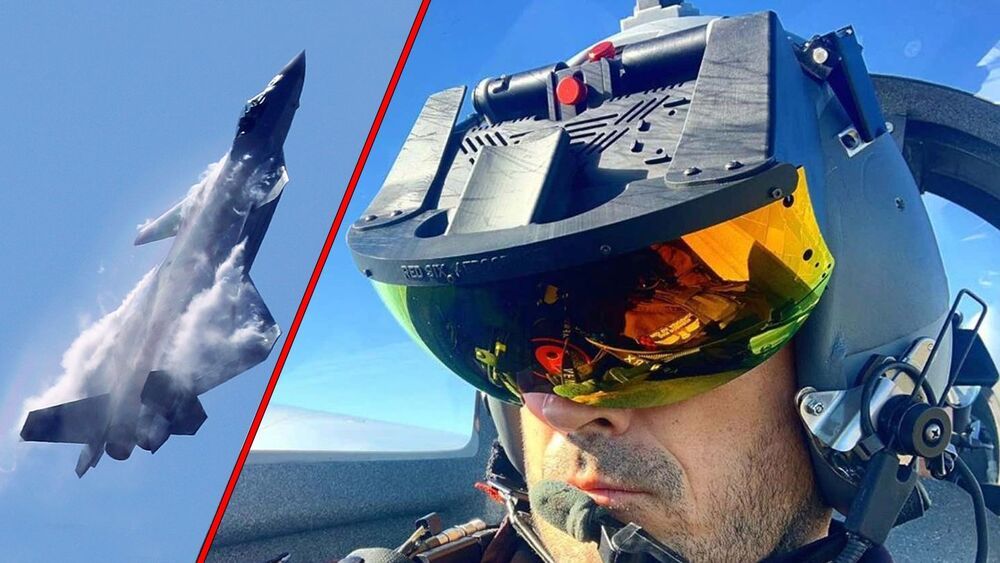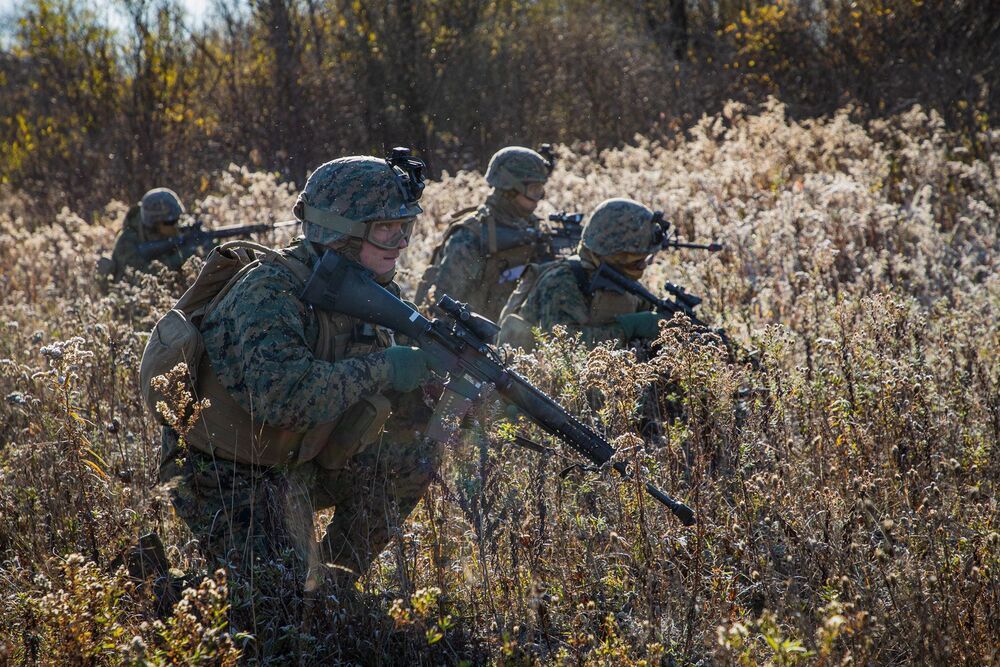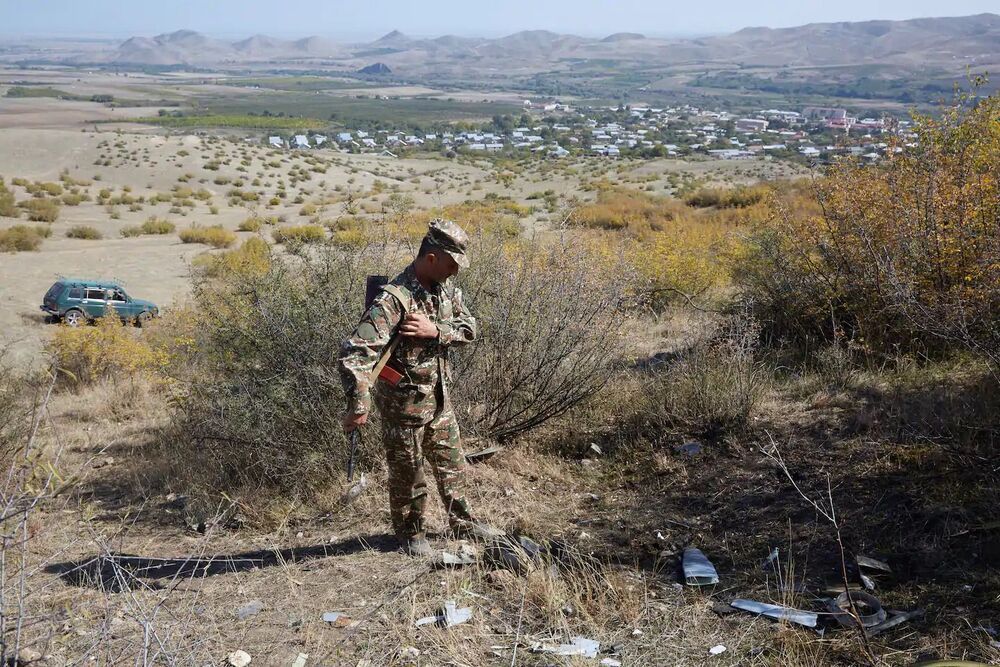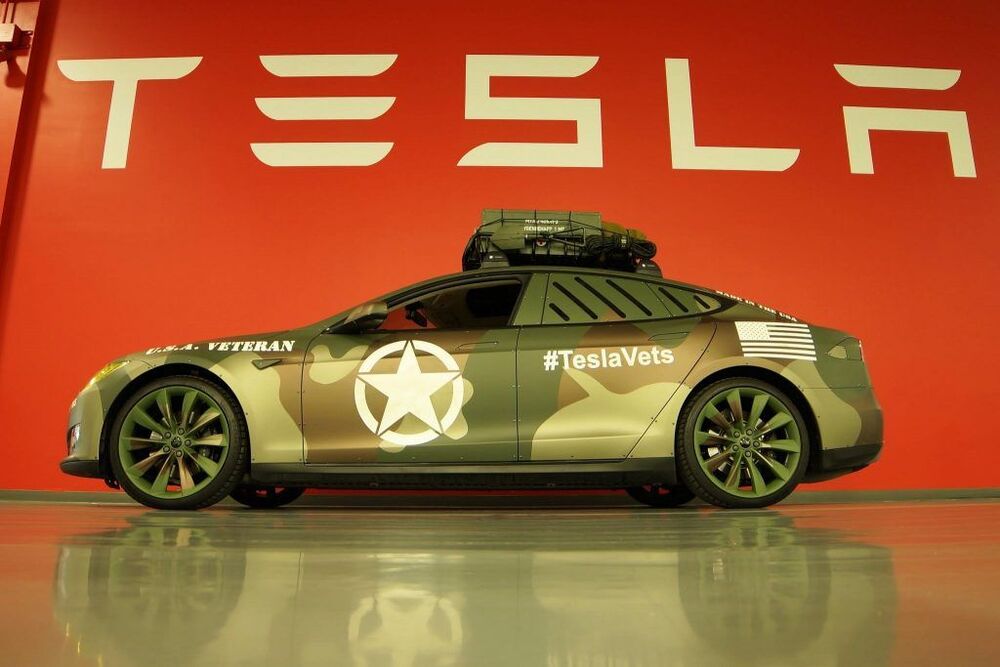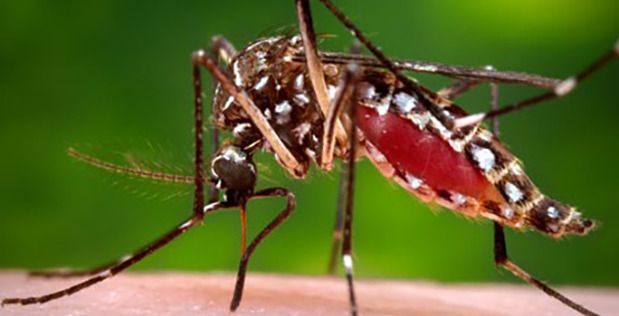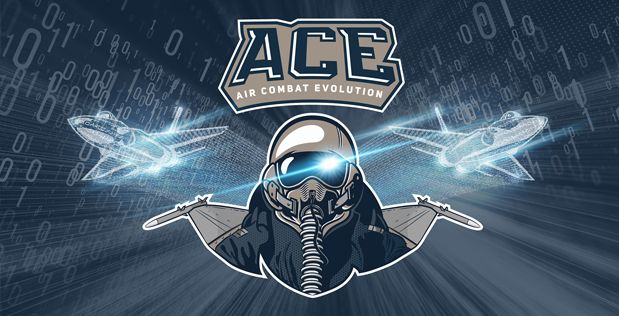Donning an augmented reality headset in the cockpit, a veteran F-22 pilot just had a dogfight with a projection of a Chinese J-20 fighter.
Category: military – Page 142
The Marine Corps has put a lot of emphasis on countering China, but tens of thousands of East Coast leathernecks have their sights set on another part of the world.
Members of II Marine Expeditionary Force wrapped up a training exercise last week that ran from North Carolina to New York. The Marines were tasked with taking back territory in a friendly country that was invaded by a near-peer adversary.
It’s a scenario not unlike Russia’s effective annexation of Ukraine’s Crimean Peninsula in 2014.
Pearls have long been favored as objects of beauty. Now, Purdue University innovators are using the gem to provide potential new opportunities for spectral information processing that can be applied to spectroscopy in biomedical and military applications.
The Purdue team demonstrated light transport-assisted information processing by creating a pearl spectrometer.
Spectrometers probe interactions of matter and light as a function of the electromagnetic spectrum and are commonly used in biomedical and military applications. For example, they have been used for diagnostics of various types of cancer and for military gas sensing.
It’s easy to forget that Kawasaki is much more than a motorcycle company. While its famously crazy motorcycles are certainly the most visible part of the brand outside Japan, Kawasaki Heavy Industries is a 124-year-old industrial colossus that brought in US$15 billion in revenues last year. Only $3.2 billion of that came from the motorcycle and engine division – a further $2.5 billion came in from energy systems and plant engineering, and $2.2 billion from precision machines and robotics.
The largest segment of the Kawasaki empire, contributing $4.6 billion, is its aerospace systems division. Kawasaki makes a small range of military and civilian helicopters, as well as large turbofan engines for various Airbus and Boeing airliners.
So this new K-Racer design is well within the company’s wheelhouse. The K-Racer is an unmanned compound helicopter – compound referring to the fact that it uses multiple propulsion systems. Its 4-m (13.1-ft) top rotor looks much like the one on any large helicopter, and it’s clearly capable of modifying the angle of its blades as they rotate around the central shaft to give it omnidirectional tilt and movement capabilities.
Drones will rule the battlefield. Until anti drone tech comes up to match it. I was picturing a anti drone system. One system that uses an old school radar anti aircraft gun, also equipped with a set of small missiles like the Iron Dome system, also equipped with some kind of laser weapon, and some kind of electro magnetic EMF weapon. All four in one package, that could engage multiple targets simultaneously. And, this will have to come standard, like SAM systems are now.
Azerbaijan used oil wealth to buy attack drones from Turkey and Israel. It was a huge advantage.
On this Veteran’s Day 2020, Teslarati thanks all of the heroes who have sacrificed their freedoms to protect ours. In the theme of the day, we decided to take a look back at how Tesla has honored the heroes who have served in the military over the years. From camo-inspired EVs to Veteran’s hiring programs, the electric automaker has portrayed an appreciation for those who fought to keep us free.
2014: The Camo Model S and a heartfelt “Thank You”
In 2014, Tesla tweeted several photographs of a military-inspired Model S, dawning images of American flags and spelling the words “U.S.A. Veteran,” “Made in the USA,” and “#TeslaVets.” The camo Model S hasn’t made an appearance since then. However, the message is still present on Tesla’s official Twitter page, reminding everyone that the company is overwhelmingly supportive of our Veterans.
“I mean, I suspect we could have an army of 120,000, of which 30,000 might be robots, who knows?” Carter said, although he stressed he was not setting any particular target in terms of future numbers.
Investment in robot warfare was to be at the heart of the planned integrated five-year defence review, whose future was thrown into doubt after the chancellor, Rishi Sunak, postponed the cross-government spending review to which it had been linked last month.
Carter said negotiations with Downing Street and the Treasury about salvaging the multi-year defence funding settlement were “going on in a very constructive way” – as he lobbied in public for a long-term financial deal.
ReVector researchers have expertise in synthetic biology, human microbiome, and mosquito studies.
The American Society for Microbiology estimates that there are trillions of microbes living in or on the human body that constitute the human microbiome1. The human skin microbiome (HSM) acts as a barrier between humans and our external environment, protecting us from infection, but also potentially producing molecules that attract mosquitos. Mosquitos are of particular concern to the Department of Defense, as they transmit pathogens that cause diseases such as chikungunya, Zika, dengue, West Nile virus, yellow fever, and malaria. The ReVector program aims to maintain the health of military personnel operating in disease-endemic regions by reducing attraction and feeding by mosquitos, and limiting exposure to mosquito-transmitted diseases.
Genome engineering has progressed to the point where editing the HSM to remove the molecules that attract mosquitos or add genes that produce mild mosquito repellants are now possible. While the skin microbiome has naturally evolved to modulate our interactions with the environment and organisms that surround us, exerting precise control over our microbiomes is an exciting new way to provide protection from mosquito-borne diseases.
In order to advance that concept, DARPA has awarded ReVector Phase 1 contracts to two organizations: Stanford University and Ginkgo Bioworks. These performers are tasked with developing precise, safe, and efficacious technologies to modulate the profile of skin-associated volatile molecules by altering the organisms that are present in the skin microbiome and/or their metabolic processes.
DARPA recently awarded contracts to five companies to develop algorithms enabling mixed teams of manned and unmanned combat aircraft to conduct aerial dogfighting autonomously.
Boeing, EpiSci, Georgia Tech Research Institute, Heron Systems, and physicsAI were chosen to develop air combat maneuvering algorithms for individual and team tactical behaviors under Technical Area (TA) 1 of DARPA’s Air Combat Evolution (ACE) program. Each team is tasked with developing artificial intelligence agents that expand one-on-one engagements to two-on-one and two-on-two within-visual-range aerial battles. The companies’ algorithms will be tested in each of three program phases: modeling and simulation, sub-scale unmanned aircraft, and full-scale combat representative aircraft scheduled in 2023.
“The TA1 performers include a large defense contractor, a university research institute, and boutique AI firms, who will build upon the first-gen autonomous dogfighting algorithms demonstrated in the AlphaDogfight Trials this past August,” said Air Force Col. Dan “Animal” Javorsek, program manager in DARPA’s Strategic Technology Office. “We will be evaluating how well each performer is able to advance their algorithms to handle individual and team tactical aircraft behaviors, in addition to how well they are able to scale the capability from a local within-visual-range environment to the broader, more complex battlespace.”
